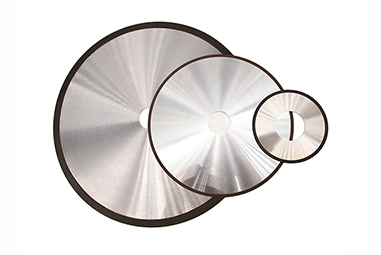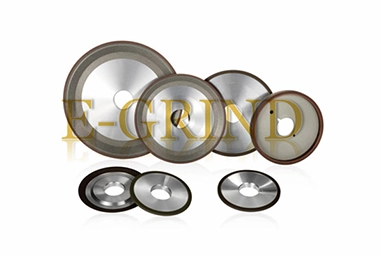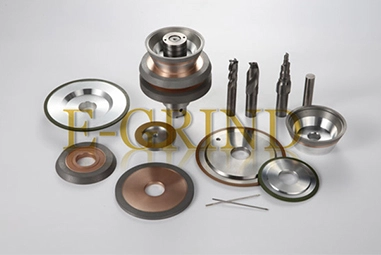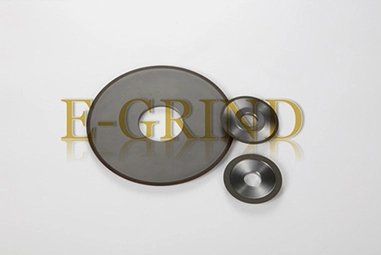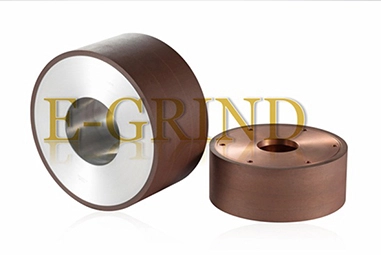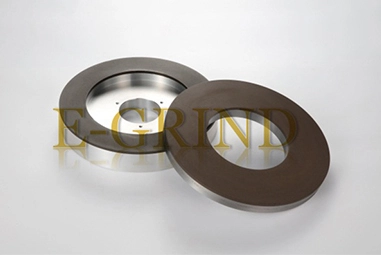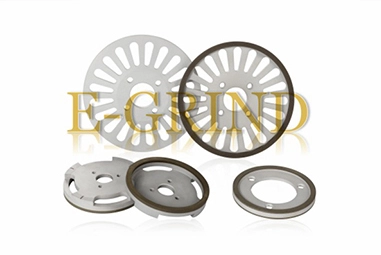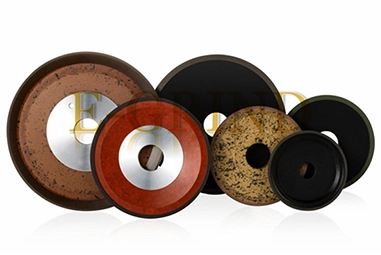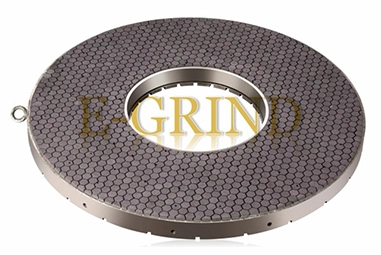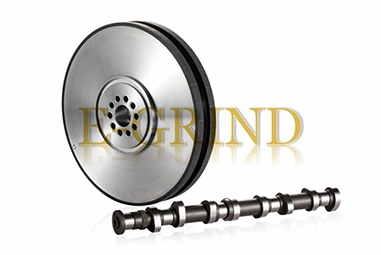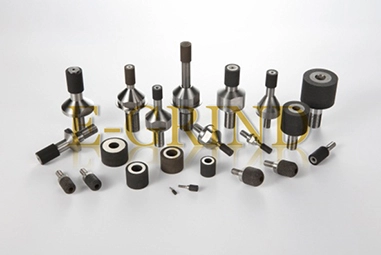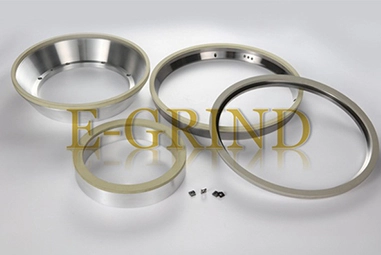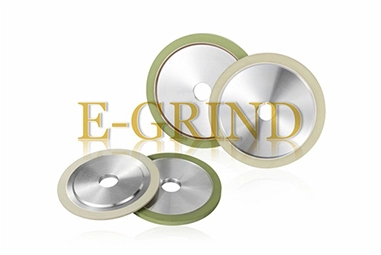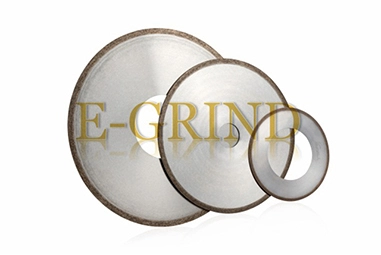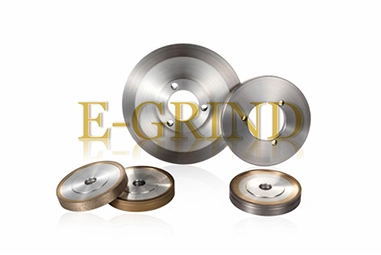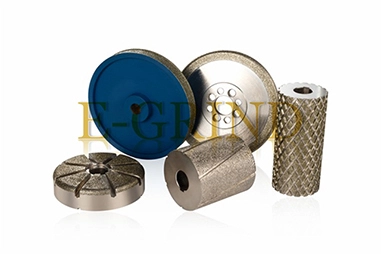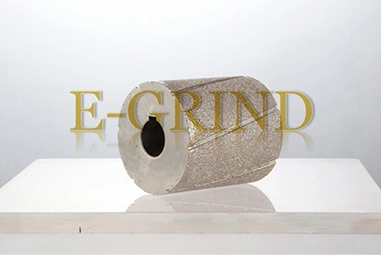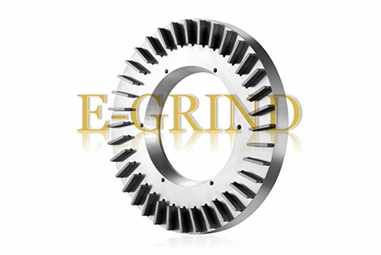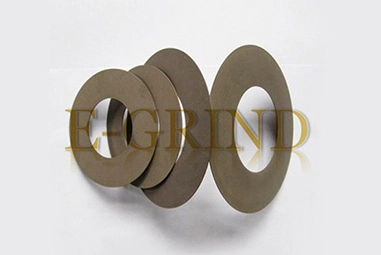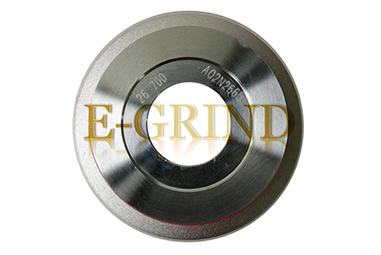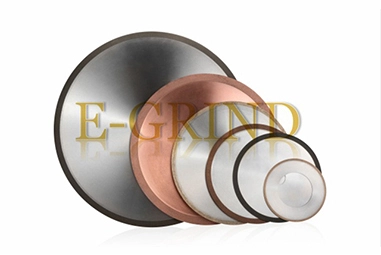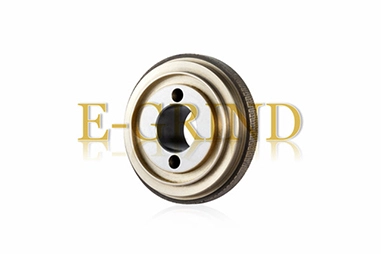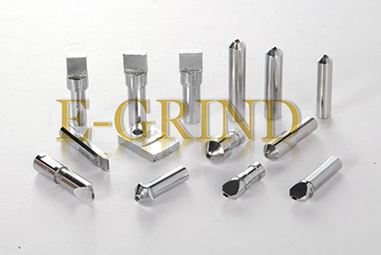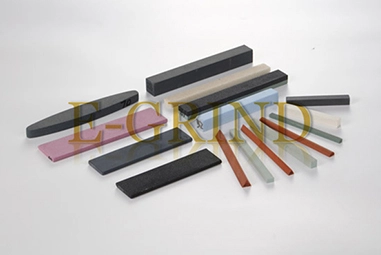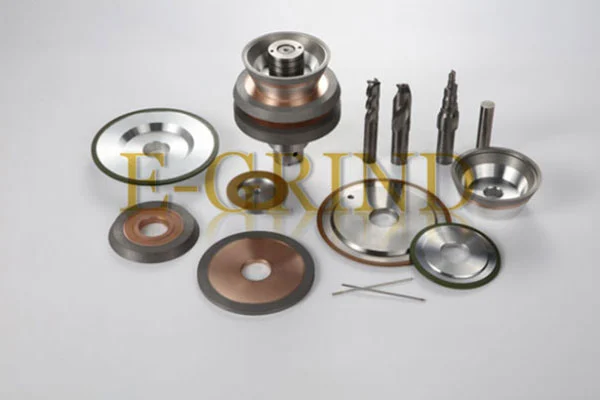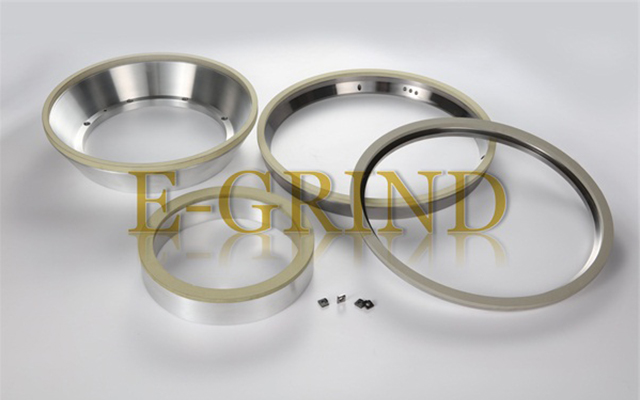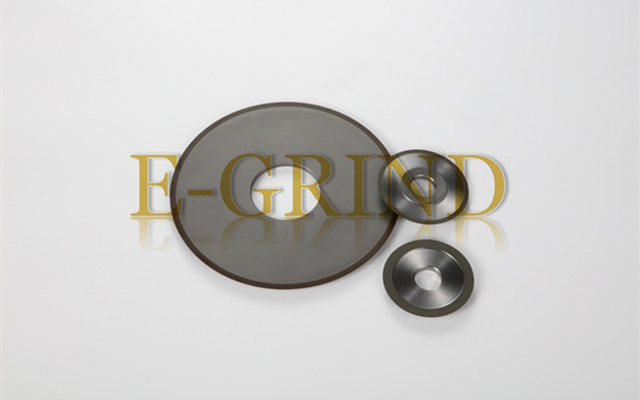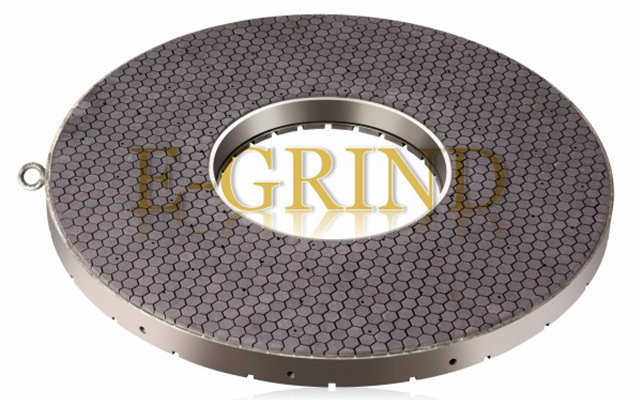Characteristics Of CBN Grinding Wheel And Diamond Grinding Wheel
CBN grinding wheel (cubic boron nitride) is mainly used for grinding hard and tough materials, and cannot replace diamond SDC grinding wheel for grinding cemented carbide and nonmetallic hard materials. When grinding, you can only choose oily coolant instead of water-based coolant. Because, at high grinding temperature, CBN will react chemically when it meets the alkaline aqueous solution, the CBN grinding wheel will decompose in the alkaline solution at 300℃ and can decompose slightly in boiling water, which will destroy the crystal shape of abrasive particles.
SDC grinding wheel (diamond) will not stick chips when grinding and cutting ferrous materials, and it is the most ideal grinding wheel for grinding hardened steel, high vanadium high-speed steel, aluminum high-speed steel, and other metal materials that are sensitive to grinding temperature.
Differences Between CBN Grinding Wheel And Diamond Grinding Wheel
Different Heat Resistance:
CBN metal bond grinding wheels can withstand high temperatures of 1250-1350 degrees Celsius.
SDC grinding wheel (diamond) can resist heat up to 800 degrees Celsius.
Different Uses:
CBN grinding wheel is mainly used to process hard and tough materials, especially ferrous metals, such as various steel parts, cast iron, etc. Workpieces: automobile parts-crankshaft, camshaft, hydraulic parts, compressor parts, etc.
The metal bond diamond wheel is mainly used to process hard and brittle materials, such as cemented carbide, ceramics, glass, and other workpieces.
Different Costs:
CBN grinding wheels for sale have greater production costs compared to diamond grinding wheels. However, if the workpiece allows it, diamond wheels are often more effective in cost and performance for non-ferrous applications.
CBN vs Diamond Grinding Wheels Table
| Feature | CBN Grinding Wheel | Diamond Grinding Wheel |
| Material | Cubic Boron Nitride | Diamond |
| Cost | Higher production cost | Lower production cost |
| Heat Resistance | Up to 1250-1350 °C | Up to 800 °C |
| Primary Use | Hard ferrous materials (e.g., steel) | Hard and brittle materials (e.g., ceramics, cemented carbide) |
| Grit Size | Available in various sizes | Available in various sizes |
| Surface Finish | Good, but less fine than diamond | Excellent, ideal for fine finishes |
| Coolant Type | Requires oily coolant | Can use water-based coolant |
| Durability | Long-lasting, especially on ferrous materials | Long-lasting on hard and brittle materials |
| Applications | Automotive parts, crankshafts, camshafts | Glass, ceramics, hardened steel |
In a word, the CBN grinding wheel and SDC grinding wheel belong to superhard grinding wheels, and their application scope plays a complementary role, their abrasive toughness, hardness, and durability are dozens of times that of corundum grinding wheels. The actual selection still needs to be considered according to the equipment, workpiece, processing method, operation, and actual demand!
Key Considerations for Choosing A Grinding Wheel
Types of Grinding: Identify the specific grinding process you'll be using, such as surface grinding, cylindrical grinding, or internal grinding, as this will influence the shape and size of the grinding wheel you need.
diamond surface grinding wheel
Material Hardness: Select CBN (cubic boron nitride) wheels for grinding hard ferrous materials, while diamond wheels are ideal for hard and brittle materials.
Grit Size: Choose the appropriate grit size based on your desired rate of material removal and the finish quality. The grit size affects the aggressiveness of the grinding; coarser grits remove material more quickly, while finer grits yield smoother finishes.
Surface Finish Requirements: For a high-quality surface finish and sharp edges, diamond wheels are the ideal choice due to their ability to deliver fine finishes. While CBN grinding wheels can also provide good surface finishes, they may not achieve the same level of finesse as diamond wheels.
Grinding Machine Compatibility: Consider the size and type of your grinding machine, as these factors will determine the dimensions and attachment methods for the wheel.
Grinding Speed and Feed Rate: Ensure that the wheel matches your machine’s speed and the workpiece's feed rate. Diamond wheels can handle higher speeds, making them suitable for applications that demand quick material removal. While CBN wheels can also perform well at high speeds, they may not be as efficient as diamond wheels in these scenarios.
By taking these crucial factors into account, you can choose a grinding wheel that optimizes efficiency, improves product quality, and maintains safety throughout the grinding process. If you require further assistance, feel free to reach out to our experts at Egrind. We’re here to help you achieve outstanding results.


